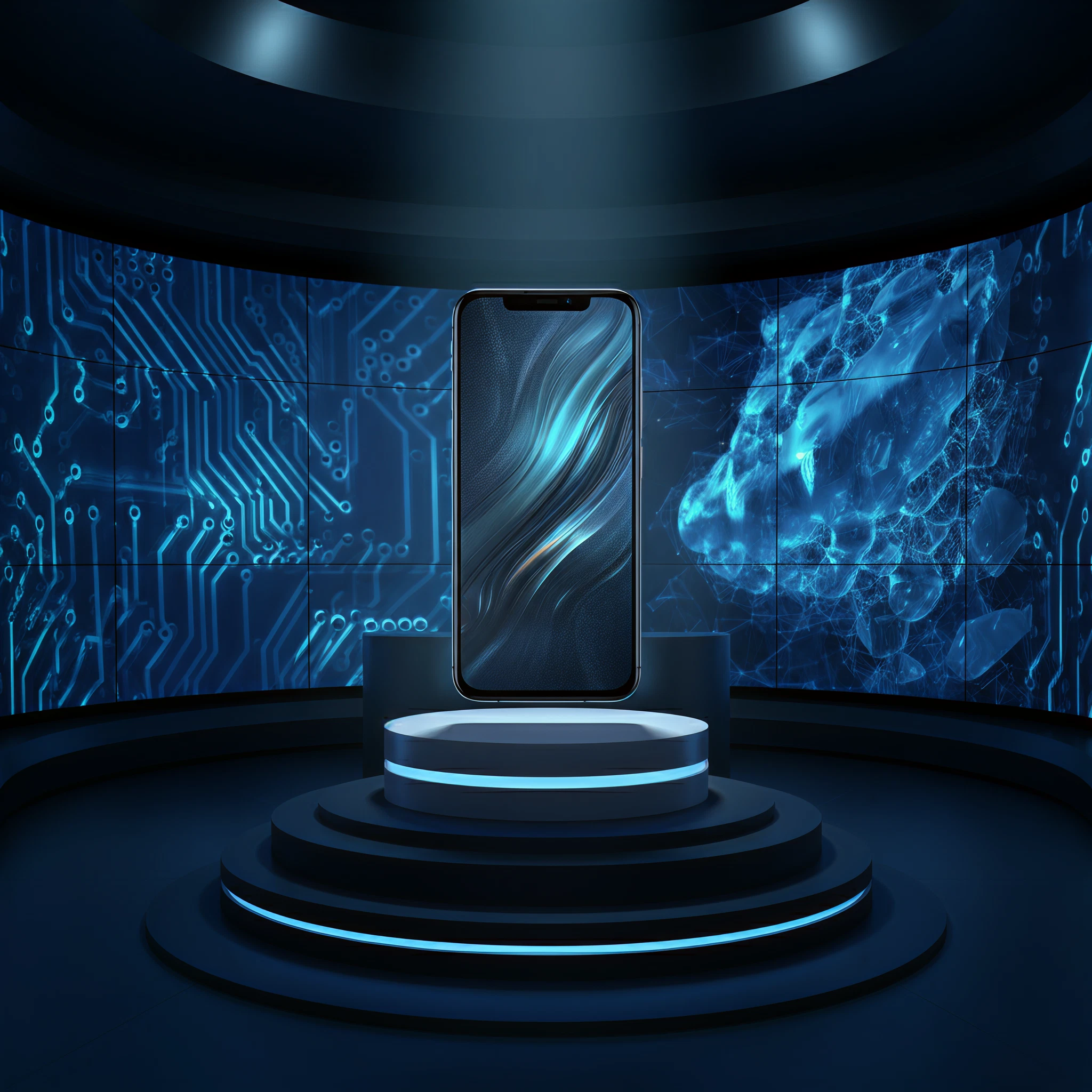Apple has always been at the forefront of innovation, pushing boundaries in both technology and design. With the upcoming iPhone 18, Apple is taking its technological advancements a step further by adopting TSMC’s cutting-edge 2nm manufacturing process for its A20 chip. While this leap promises incredible performance and efficiency gains, it also comes with significant costs that could directly impact the phone’s price point.
But why is the 2nm chip so revolutionary? And what might it mean for consumers and Apple’s competitive positioning? Here’s a deep look into what this transition entails.
What is the 2nm Process and Why Does it Matter?
The terms “3nm” and “2nm” refer to the generational advancement in chip manufacturing technology. A smaller “nm” figure indicates smaller transistors, which means more can fit onto a single chip. Undoubtedly, smaller chips translate into enhanced speed, improved power efficiency, and room for integrating more complex functionalities.
For example, Apple transitioned to the 3nm chips with the iPhone 15, bringing faster GPU and CPU speeds, and a doubled Neural Engine speed. The 2nm process for the iPhone 18 is estimated to bring even greater enhancements by offering:
- Superior Processing Performance
- Unmatched Power Efficiency, extending battery life significantly
- Enhanced AI capabilities, enabling machine learning and augmented reality functionalities
For tech enthusiasts, this means the possibility of even smoother app performance, faster AI-powered photography features, and smarter task automation. But there’s a catch…
What Makes 2nm Technology Expensive?
TSMC, Apple’s chip supplier, is investing billions into the infrastructure required for 2nm chip manufacturing. Building new fabs (fabrication facilities) and adjusting production to such advanced technology involves steep costs, which filter down to the companies buying these chips.
Additionally, manufacturing at this scale is more complex and error-prone, increasing costs further. Apple, as the first customer in line to adopt this technology, is likely to shoulder a premium for early access.
Will iPhone 18’s Retail Price Increase?
These escalated production costs inevitably affect the final price consumers pay. Analysts predict further price hikes similar to trends seen in recent years. Combined with potential new U.S. tariffs on semiconductor-related imports, the iPhone 18 could significantly surpass the current flagship pricing.
For context:
- The iPhone 14 Pro started at $999
- iPhone 15 Pro jumped to $1,099 due to 3nm-related costs
Now with the even costlier 2nm A20 chip, entry-level iPhone 18 models might exceed $1,200, making it one of the highest-priced iPhones in history.
But the question is, will consumers still pay?
The Consumer Impact
Apple fans are loyal, but even they notice when prices climb too high. Historically, premium Apple models have focused on balancing innovation with perceived user value, which keeps customers on board. However:
- Price-conscious buyers may opt for older models like the iPhone 17 or alternative products from competitors like Samsung or Google.
- Slowing Upgrade Cycles: Users may choose to hold on to their phones longer rather than upgrade annually.
- Global Pricing Sensitivity due to inflation and varying currency exchange rates could further impede Apple’s sales performance in specific markets like India or Brazil.
How Apple Might Offset Price Hikes
Apple is no stranger to navigating pricing strategies. Here’s how it could potentially soften the impact of price hikes:
- Trade-In Programs
Apple’s successful trade-in programs allow customers to offset costs by turning in older devices.
- Flexible Payment Plans
The company’s financing options (like Apple Card monthly installments) ensure customers can still buy new models without heavy upfront costs.
- Exclusive Subscriber Deals
We could also see Apple tie a portion of the customer base into its ecosystem with bundle packages or loyalty programs that combine hardware with its services (e.g., Apple One-tier subscriptions).
How Does This Affect Apple’s Market Position?
Being a trailblazer for the 2nm process places Apple at a technological advantage. Competitors like Samsung and Google may lag behind in adopting equivalent advancements, allowing Apple to maintain its reputation for cutting-edge innovation.
However, competitors could seize this price hike as an opportunity to market more affordable alternatives, appealing to the growing segment of budget-conscious consumers.
The Verdict
The adoption of TSMC’s 2nm process for the iPhone 18 undeniably represents Apple’s commitment to innovation. With faster processing, extended battery life, and smarter features on the horizon, the iPhone 18 is shaping up to become Apple’s most advanced device yet.
However, the cost of innovation is steep, and Apple customers could face noticeable price increases. Whether you view this as the cost of staying ahead or a barrier to access depends on your priorities and budget.
The big question is, will the groundbreaking features of the 2nm process be enough to justify the iPhone 18’s price tag?
For now, Apple investors and consumers alike will have to wait for September’s product reveal to see the full value laid bare.








